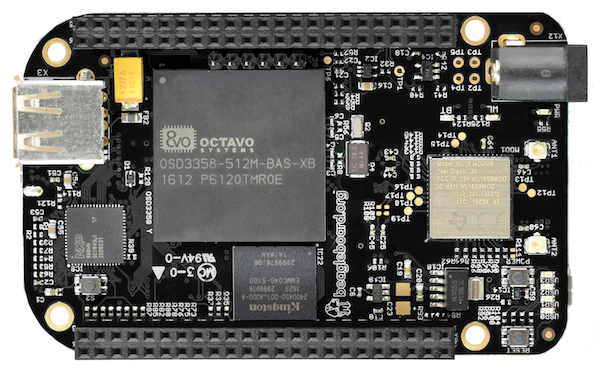BeagleBone is a popular single-board computer that has gained a significant following among hobbyists, makers, and developers. One of the primary advantages of BeagleBone is its flexibility, which allows it to run different operating systems, including Ubuntu.
Ubuntu is a popular Linux distribution that is renowned for its user-friendly interface, robust security, and broad software library. Installing Ubuntu on BeagleBone can open up a world of possibilities and enable you to run different applications, from web servers and databases to machine learning frameworks and robotics software.

In this article, we’ll walk you through the steps involved in installing Ubuntu on BeagleBone. We’ll assume that you have some basic knowledge of Linux and command-line interfaces, but we’ll try to keep things as simple as possible.
Before we dive into the installation process, let’s go over the prerequisites and the hardware requirements.
Prerequisites:
- A computer with an SD card reader
- A microSD card (4GB or larger)
- A USB to serial adapter (for BeagleBone Black)
- A BeagleBone board (we’ll use BeagleBone Black as an example)
Hardware requirements:
- A BeagleBone Black or BeagleBone Green board
- A microSD card (4GB or larger)
- A USB to serial adapter (for BeagleBone Black)
Once you have these items, you’re ready to begin the installation process. Here are the steps:
Step 1: Download the Ubuntu image
The first step is to download the Ubuntu image that you’ll use to install the operating system on the BeagleBone. You can find the latest Ubuntu image for BeagleBone Black or BeagleBone Green on the official Ubuntu website or the BeagleBone website.
Step 2: Write the image to the microSD card
Once you’ve downloaded the Ubuntu image, the next step is to write it to the microSD card. To do this, you’ll need to use an image writing software such as BalenaEtcher or Rufus.
To write the image, insert the microSD card into your computer’s SD card reader, open the image writing software, select the Ubuntu image, select the microSD card as the target, and click “Flash.” Wait for the software to complete the process, and then eject the microSD card from your computer.
Step 3: Connect the BeagleBone to your computer
Before you can install Ubuntu on BeagleBone, you need to connect the board to your computer. You’ll need to use a USB to serial adapter to connect BeagleBone Black to your computer. Connect the adapter to your computer’s USB port and connect the serial cable to the BeagleBone’s serial port.
Step 4: Power up the BeagleBone
With the USB to serial adapter connected, you can now power up the BeagleBone by connecting it to a power source or USB port on your computer. Wait for the BeagleBone to boot up, and then open a serial terminal program such as PuTTY or minicom on your computer.
Step 5: Configure the BeagleBone
Once you’ve opened the serial terminal program, you’ll need to configure the BeagleBone by setting the boot mode to “microSD.” To do this, enter the following commands:
For BeagleBone Black:
U-Boot# setenv bootargs console=ttyO0,115200n8 root=/dev/mmcblk0p1 ro rootfstype=ext4 rootwait fixrtc
U-Boot# setenv bootcmd 'fatload mmc 0:1 0x82000000 uImage; fatload mmc 0:1 0x88000000 am335x-boneblack.dtb; bootm 0x82000000 - 0